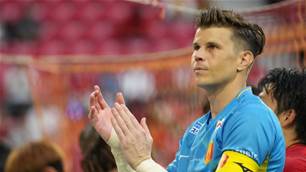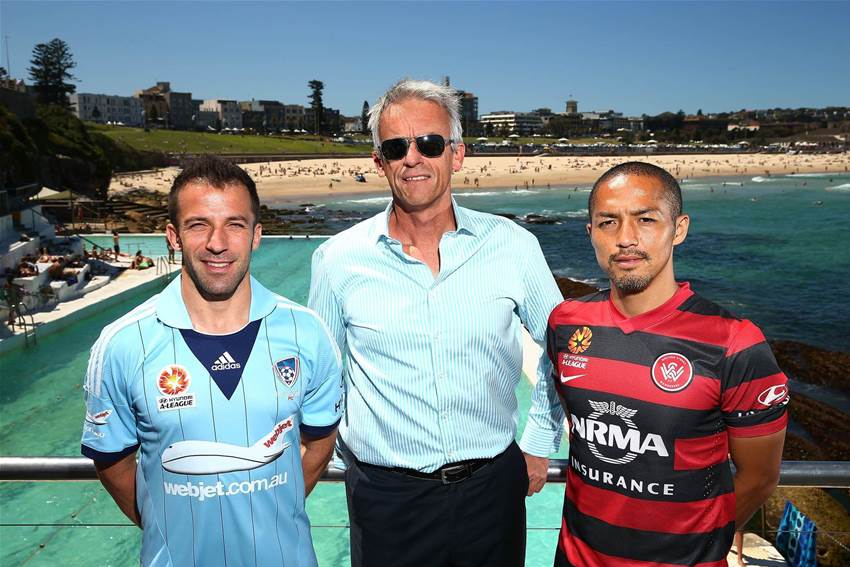The A-League has one of the most generous foreign player allowances in Asia, with up to six imports permitted per side. But does our league’s quota raise the quality of Australian football, or deny opportunities to Aussie youth?
According to the statistics, despite Australia’s high foreign quotas, there’s no shortage of young Australians coming through the ranks.
Last season, almost 50 young Australians made their A-League debuts, with only Sydney FC failing to debut a young Aussie. Central Coast were the most prolific, with 11 young guns breaking their A-League duck under Paul Okon.
Brisbane Roar – which had one of the youngest sides, and the least number of foreign players in the league – finished third, playing attractive football and generating two rising star nominees, including the eventual winner and golden boot sharer, Jamie Maclaren.
Unfortunately, this strategy failed to pay off long-term for the Roar.
Rising stars Brandon Borello and Maclaren have now left Brisbane, leaving John Aloisi to rebuild for next season. There’s a history of Aussies taking overseas offers at the first opportunity, and perhaps that’s the problem - little incentive exists to play young talent, because when they impress, they don’t stick around.

Decreasing the foreign quota might benefit the Socceroos, but it’s hard to suggest the A-League takes a hit for the development of young Australians.
Our domestic league has its own significance, completely separate from the Socceroos, and what’s best for the A-League’s continued growth deserves to be treated with equal importance.
Signing quality foreigners isn’t a sure-fire way of improving the footballing standard of a country, and it’s hard to evaluate whether it’s worked for Australia.
Our rules may be more generous than most other Asian nations, but given the effect the A-League’s salary cap has on our international competitiveness, perhaps the real issue lies elsewhere.
In the meantime, it will be interesting to see how FFA’s 4+1 rule expands the A-League’s audience in Asia. While it’s doubtful one Asian import a side will make a difference, it’s the first step down a fortuitous path for the Australian version of the world game.
Related Articles
.jpeg&h=172&w=306&c=1&s=1)
Socceroos prodigy returns to A-League after horror run

Star keeper's exit heralds hero's return at A-League giant













